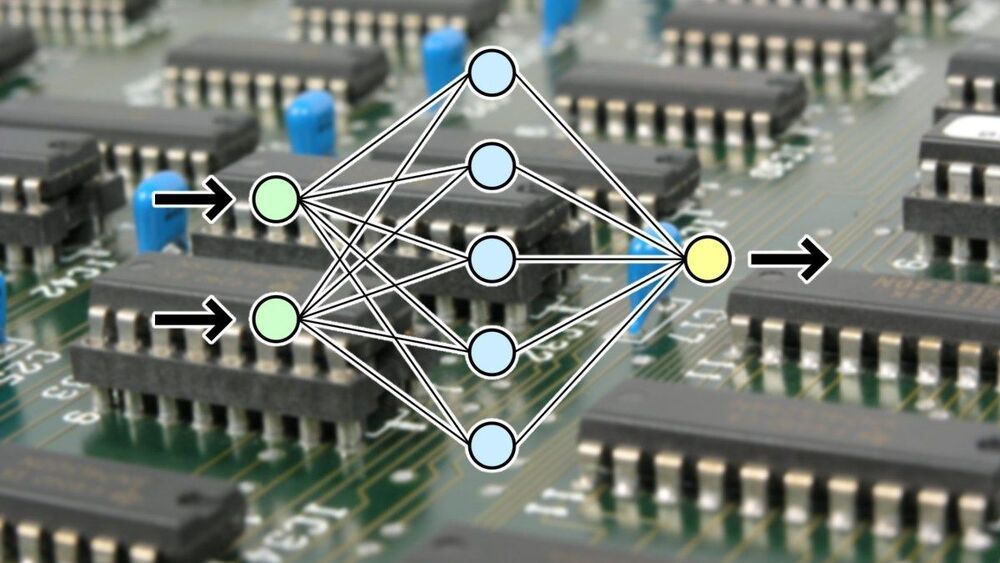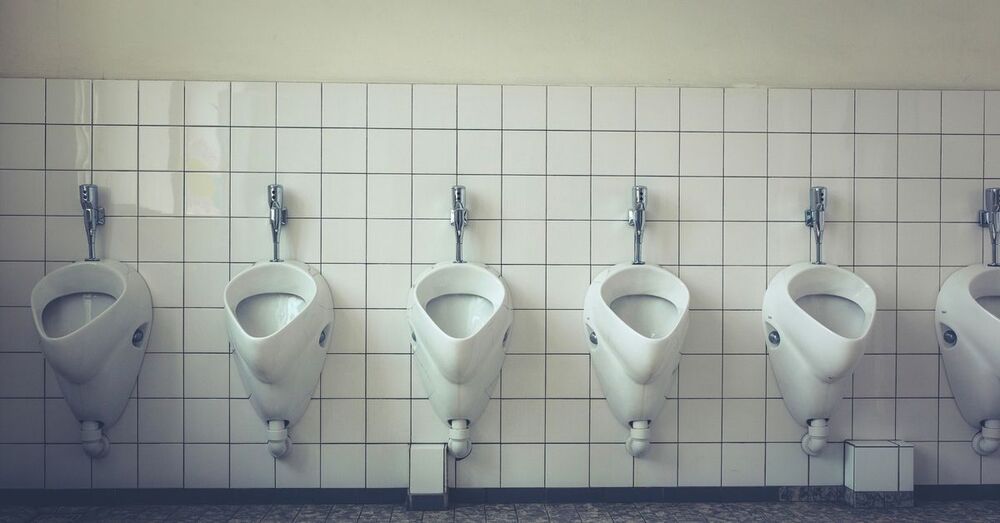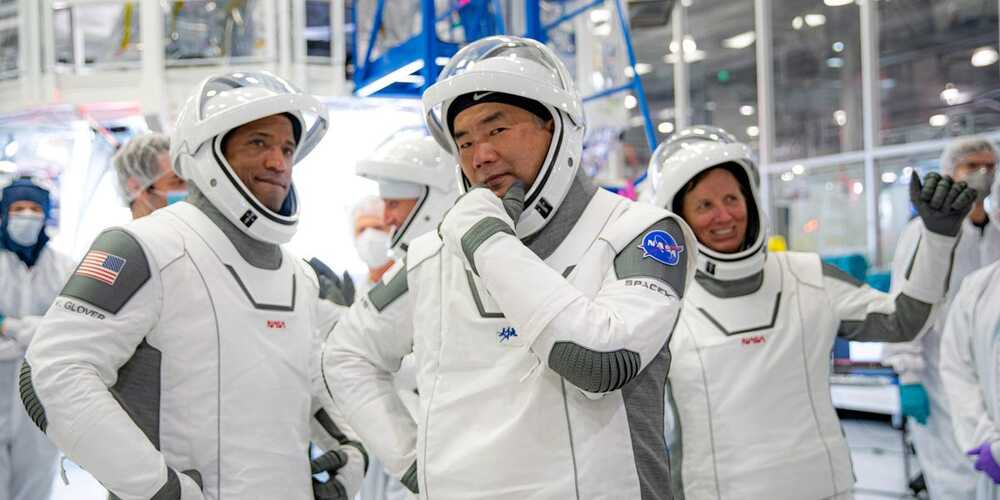Experts say the pandemic needs a global solution, but there are concerns over access to vaccines.
GPUs face many challenges when running deep learning models in challenging environments. FPGAs can overcome many of these challenges.
Alien Worlds
Posted in alien life
Applying the laws of life on Earth to the rest of the galaxy, a new series blends science fact and fiction to imagine alien life on other planets.
“Astronomers think it’s only a matter of time before some alien life forms are discovered,” says the narrator of Alien Worlds, which debuts exclusively on Netflix from 2nd December 2020.
But what might it look like, and how similar would it be to the animals and plants we are familiar with? The new show will attempt to answer that question as it features a dizzying variety of crawling, slithering, flying and swimming creatures depicted in gorgeous, high-quality CGI.
Look at the US Airforce’s new flying car! 😃
The U.S. Air Force has shared images of its newest addition, a flying car, and it doesn’t quite fit the image that’s expected to scare off enemy lines. See for yourself.
It looks like they’re replacing news anchors with AI in South Korea.
South Korean cable channel MBN has virtually replicated one of their news anchors with the power of artificial intelligence (AI) technology.
The replacement of lost neurons is a holy grail for neuroscience. A new promising approach is the conversion of glial cells into new neurons. Improving the efficiency of this conversion or reprogramming after brain injury is an important step towards developing reliable regenerative medicine therapies. Researchers at Helmholtz Zentrum München and Ludwig Maximilians University Munich (LMU) have identified a hurdle towards an efficient conversion: the cell metabolism. By expressing neuron-enriched mitochondrial proteins at an early stage of the direct reprogramming process, the researchers achieved a four times higher conversion rate and simultaneously increased the speed of reprogramming.
Neurons (nerve cells) have very important functions in the brain such as information processing. Many brain diseases, injuries and neurodegenerative processes, are characterized by the loss of neurons that are not replaced. Approaches in regenerative medicine therefore aim to reconstitute the neurons by transplantation, stem cell differentiation or direct conversion of endogenous non-neuronal cell types into functional neurons.
Researchers at Helmholtz Zentrum München and LMU are pioneering the field of direct conversion of glial cells into neurons which they have originally discovered. Glia are the most abundant cell type in the brain and can proliferate upon injury. Currently, researchers are able to convert glia cells into neurons — but during the process many cells die. This means that only few glial cells convert into functional nerve cells, making the process inefficient.
To be built in Northern California, the limited-edition vehicles will have a top speed of 260 mph and start at $2.3 million each.
While many of us simply flush and forget about it, our pee has the potential to be a valuable resource. As it’s currently managed, though, the world’s pee is not doing us nor the planet a service. That’s why momentum for recycling our own liquid gold is growing: upcycled pee could readily sub in for conventional fertilizers.
Japanese astronaut Soichi Noguchi has ridden in three spaceships and spent more than 180 days in space. He said Crew Dragon is “fun to ride.”








